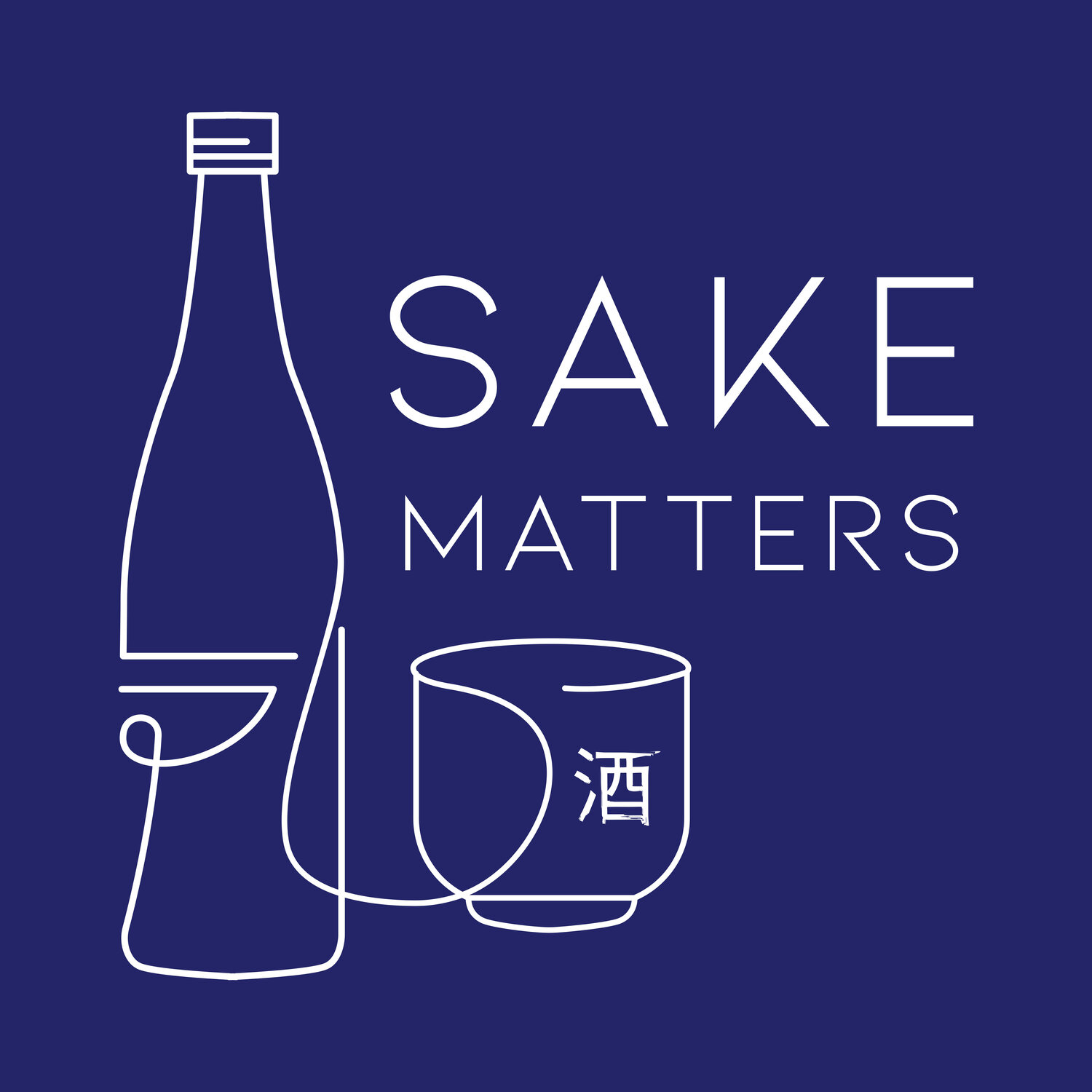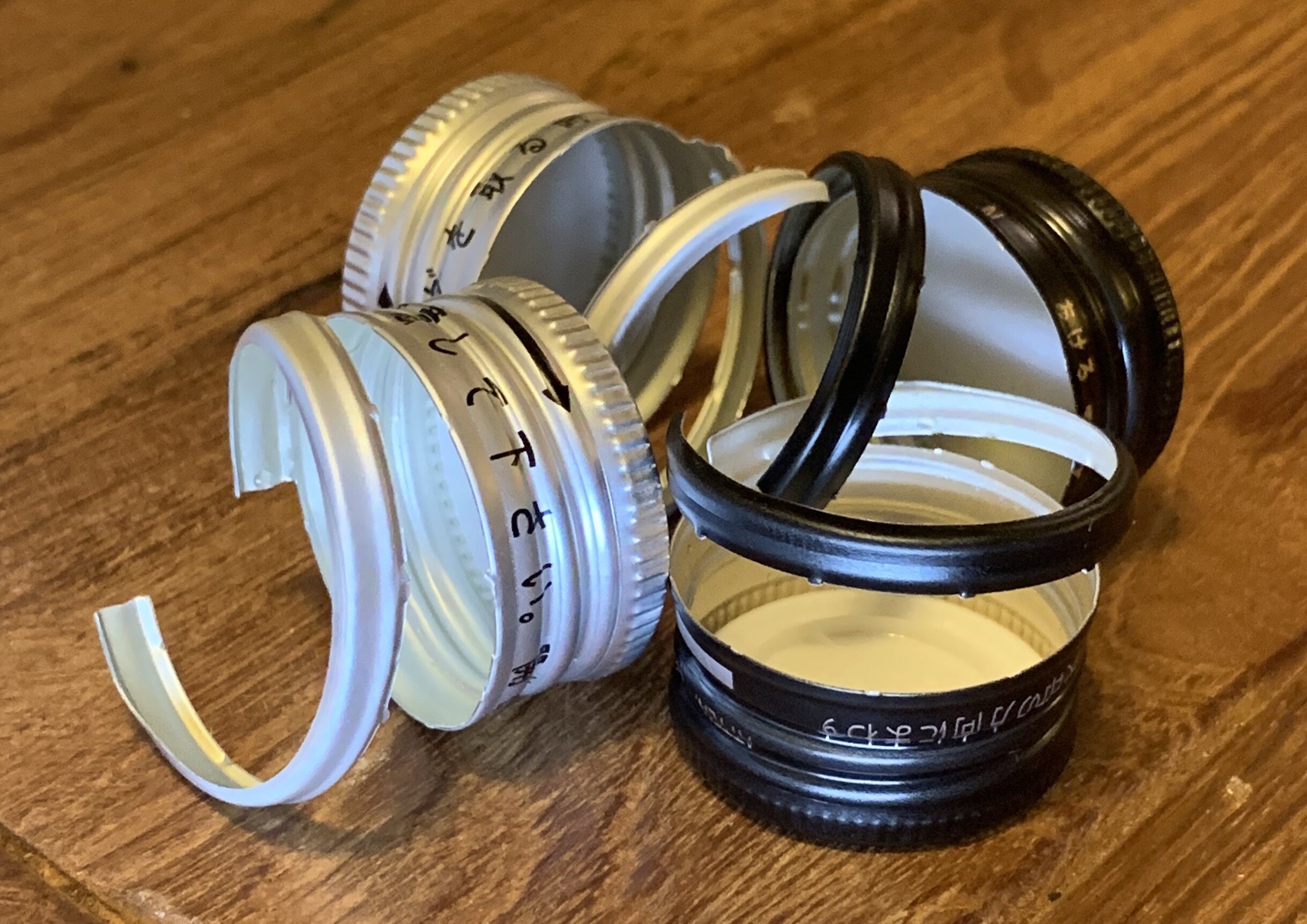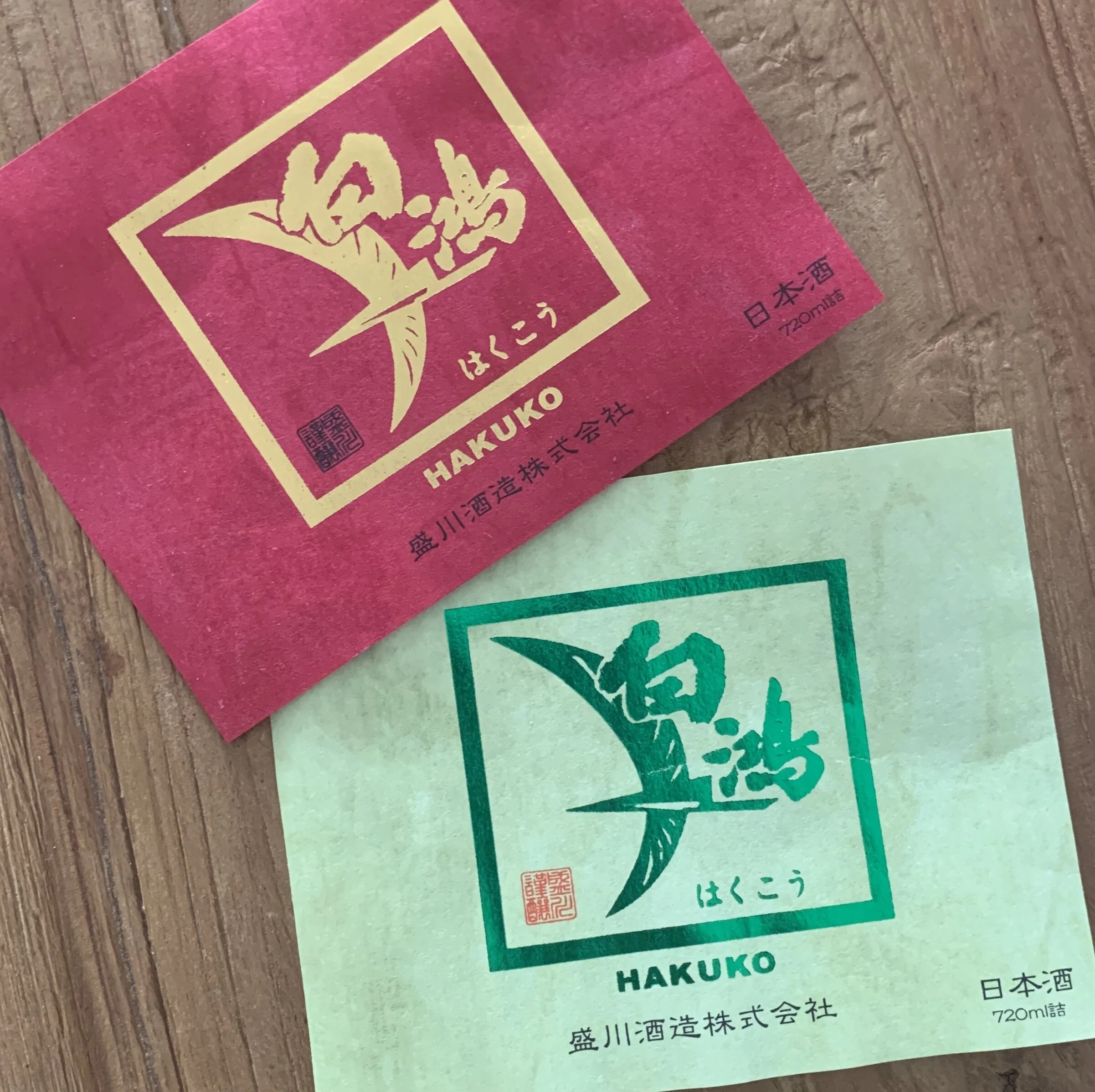TAKE FOUR
It’s a centre of great rice production, has its own Brewers’ Guild (Echigo Toji) and a range of vertiginous mountains cascading clear snow melt waters that make for very famous pristine, clean, dry Sakes. Many would wager it’s perhaps the most popular place for consistently great Sake brewing in Japan. But does Niigata have too much of a good thing?
In the Zenkoku Shinshu Kanpyoukai (National New Sake Tasting Competition), most years Niigata Prefecture takes more golds than any other and can boast the third highest total Sake production in Japan after Hyogo and Kyoto Prefectures. I thought it time to remind myself what all the fuss is about.
Sure, I’ve tried Niigata Sakes before but over the last six months it seems like I have been somehow ignoring them, focusing on the more southerly regions of Chugoku and Kansai with their delightful offerings from Hiroshima, Yamaguchi and Osaka Prefectures, amongst others. I’ve also gone a bit global banging the Sake drum for New Zealand and being a good patriot for the United Kingdom. Bit random, maybe, but all part of the adventure.
So employing a different strategy, rather than grab a bottle, taste it and pen my thoughts, I have decided that it’s a great excuse to grab an armful of bottles from a previously unknown brewer and really get under the skin of the Sake. A single bottle can mislead, four is less likely, right?
Armed with this weak excuse, I set about tasting these four examples from Kawachu Shuzo. And my mission? Well, it’s twofold: (1) reacquaint myself with Niigata and (2) just see if the recent sentiment is true.
#1, #2, #3 & #4 (not surprisingly, L to R)
What sentiment? Well, some suggest that Niigata has lost a little of its individuality...yes, you read it right although it seems that a bit of competitive gossip is hardly going to upset the reputation founded over centuries but I’ll investigate nonetheless.
Rumour has it that the famed tanrei karakuchi (淡麗辛口), often found in Niigata Sakes, isn’t such an unique and standout attribute to differentiate the Prefecture after all. Some suggest that this distinctive light, crisp and dry finish can be manufactured nowadays with the technology and knowledge on hand in other parts of the country. And perhaps, more significant, that is it such a great thing to be famous for any more with the demand for more aromatic styles trending in the industry?
To give it a parallel in the food world, is it a bit like clinging on to the fact that only in London can you get the best jellied eels ‘cos that’s where they’ve always been best whereas in fact today people are in search of a vegan protein shake for lunch? It’s lost some gravitas.
So, Kawachu Shuzo… This is a brewery up until recently I knew nothing about. I hadn’t even heard of it. It does feature on Page 9 of 16 of the very useful Niigata Sake Brewers Association website but is nestled amongst 96 other breweries.
I can’t recall ever describing an unsavoury brewery neighbourhood in these articles and Kawachu Shuzo’s is no different. Wakino Town and its brewery are located in the centre of Niigata Prefecture, at the foot of the Nishiyama mountain range. Behind the Kura is a legendary waterfall assumed by locals to be the chosen escape route for a mythical snake. They refer to it as Jange じゃんげ and, believer or non-believer, I got to try two Snake Escape Jange Sakes.
Both are made with local rice (type unspecified but quite possibly Gohyakumangoku or hybrid Koshitanrei given where we are in Japan). The first (#1) is a karakuchi 辛口 Junmai Ginjo, and nama origarami to boot. True to its billing, this is a smooth (despite the light presence of ori) and fatty Sake, almost oily in the mouth with lactic hints giving a touch of sourness but overshadowed by distinctive rice and roasted grain flavours. It’s a cracking start, but not very ‘brand Niigata’ despite the 50% milling, but I don’t mind.
Ori clearly visible in the glass (no, it’s not a dirty camera lens)
‘Blue Snake’ comes next (#2) that’s 超辛口i.e. super dry, pasteurised once at bottling (so Namachozo) and just Junmai, at 65%. Dryness is apparent, but not as much as expected from a +15 SMV (the first Jange was +7). In fact, it’s quite delicate and light. I get just a little savoury meat stock with this one and perhaps a good representation of the clean dryness expected from the region.
The other half of the experiment involves two Soutenbou 想天坊 Sakes, a brand that’s 20 years old this year.
There’s some word play happening here with Sou relating to imagination, Ten refers to the Heavens, or the sky, and Bou is the brewery workforce from the locale. Put together the sentiment is something like these Sakes are brewed with the ‘Good wishes from the Kurabito and the blessings from the Gods’ or ‘The spirit of the brewers and the Sake brewed by the gift of Heaven". Either works for me.
First up (#3) another Namachozo Junmai at 65% again, but simply 辛口dry this time and midway between the first two with a +10 SMV. What they achieve again so well - and this is beginning to bring back my Niigata recollections - is a dryness that isn’t abrasive, it’s there but it’s raspy at worst and not even close to astringent.
This one is almondy, maybe even walnut, with that tartness you can sense with cut green wood. Feels like it has a real sense of Junmai about it.
Lastly, a 60% milled Sake with a bit more of a story to it (#4). This is perhaps the fruitiest of the four to me, even more than the earlier Ginjo, and I often associate a feeling of funkiness to top grade Sakes which this (good enough to be Ginjo grade but decided against that classification) Junmai actually has. Sure, there’s some riceyness on the nose and in the mouth but it’s punching above its weight a little. Nice brewing there.
So to the story, well, the context around this Sake at least. I really hope this is the best representation of the brewery, it’s a lovely Sake and the fact there’s a lot of information on the label suggests they’re at least very pleased with it.
21st century farming
This Sake #4 proudly announces it’s made with 100% Niigata Takamine Nishiki rice, cultivated in mallard rice fields, previously a very popular rice in the Prefecture. Mallard farming is a method of cultivating rice without using pesticides or chemical fertilizers whereby basically all the weeding is kindly done by these clever ducks which in turn poop-fertilise the fields and add to the productivity of the system. All very organic indeed. Far too clever for me but it’s a lovely story, and a lovely photo on the Sake’s back label.
I entered this tasting very much impartial. This isn’t my favourite Prefecture (sorry all you Niigata fans out there) but nor is it one I want to find fault in. All in all I was ready for a genuine taste experience, and that’s what I got.
Quick conclusion is Niigata makes some decent Sake, but we all know that. More tellingly, I am genuinely excited about the breadth of Sake on offer from this relatively small brewery. It’s not a one trick pony and the clean-dry style I can’t imagine being passé, it’s just not top of my own personal ‘crave’ list.
The one I liked the most (#4) is the least dry (+2 SMV), and in next place is #1 the Origarami. Both aren’t archetypal Niigata in that they don’t measure up so well on the 淡麗辛口 barometer. But they don’t have to. For me the bottom line is that they both drink well, have wholesome production methods and do indeed feel like that ‘gift’ from the brewery.
Does my preferred #4 mean that textbook clean-dry Niigata Sakes aren’t for me? Well, maybe, but that theory needs more testing. Either way the worst result would be that I prefer other Prefectures’ Sakes, I’ll never be anti-Niigata.
And this brings me on to the other big learning. Being able to go back around the Sakes again for a second, third, fourth glass, flipping between the Jange and the Soutenbou, is a very helpful process so I am converted to multiple bottle tasting rather than a single bottle focus. Any excuse, eh.
The real proof would be a visit to Niigata though and in writing this I am all but committing to my first return trip to Japan including a stint in the Prefecture. It’s the only way to be sure and given that Niigata residents are alleged to drink more than twice the annual volume of Sake per person than the average Japanese consumer, I’m very much looking forward to my trip. Hic.
FOOTNOTE:
Thanks to Alan Yau at Koji Sake for introducing me to this delightful brewery - for more information please check out www.koji-sake.com
QUICK GLOSSARY:
Shuzo: Sake brewery. Often added to the company name e.g. Morikawa Shuzo
Tanrei karakuchi 淡麗辛口: Basically “crisp”/”light” (tanrei) and “dry” (karakuchi). A phrase often used when describing a Niigata Sake
Kura: Sake brewery
Gohyakumangoku: First grown in Niigata Prefecture, this rice strain was registered in 1957
Junmai: Sakes made with no added alcohol are Junmai, the only ingredients are rice, water and Koji mould
Ginjo 吟醸: Sake made from rice at a polishing ratio below 60%
Nama(zake): 生酒 (生:raw, fresh, or living; 酒:sake) – in short, unpasteurized Sake
Origarami: Origarami is Sake that is bottled and shipped without removing the ori within
Ori: Tiny whiteish sediment thaty remains in the Sake after pressing that is normally discarded once settled at the bottom of the tank but can also be removed by filtration
Namachozo: Sake that is pasteurised only once, after bulk storage at the bottling stage
SMV: The Sake Meter Value (Nihonshu-do in Japanese) is the scale used to measure the specific gravity of Sake. The higher the positive number, the drier the Sake (“higher is drier” - thanks John Gauntner), and low negative numbers are representative (generally) of sweeter Sake
Kurabito: Literally ‘brewery rat’, a Sake brewery worker
LINKS:
Kawachu Shuzo
〒1677 Wakino-machi, Nagaoka-shi, Niigata, 940-2306
0258-42-2405
www.soutenbou.jp
Niigata Sake Brewers Association
www.niigata-sake.or.jp/en/








